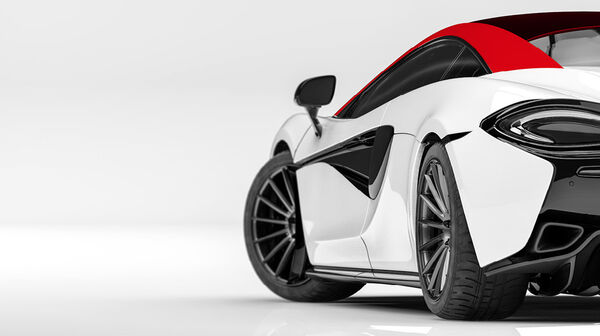GRP-based design solutions for motorsports
Carbon is a composite material and differs significantly from quasi-isotropic materials like steel and aluminium. As with glass fibre reinforced plastics, the material properties are direction-dependent. With a density of approx. 1.6 g/cm³, the material is very light, while maintaining good rigidity and vibration behaviour. If you want to increase the rigidity of a GRP component, it is often sufficient to use a blend of glass and carbon fibres.
Low weight
Carbon components are very light, with a density of approx. 1.5–1.8 g/cm³.
High impact strength
With the right design, carbon components can far exceed the mechanical strength of metals.
Design freedom
Fibre composite materials make it possible to product components and designs that would only be cost-effective in other manufacturing processes if produced in large series. This is where fibre composite materials come into their own.
Are you facing similar challenges?
Let's talk about possible solutions.

















